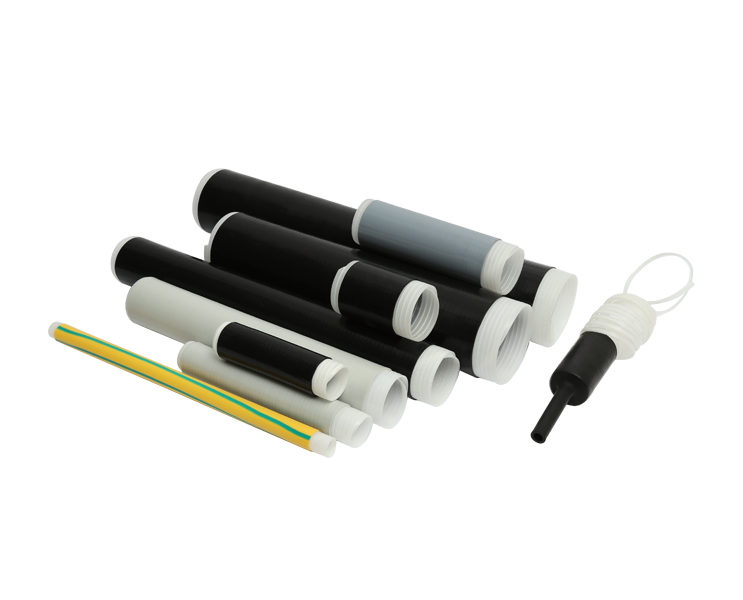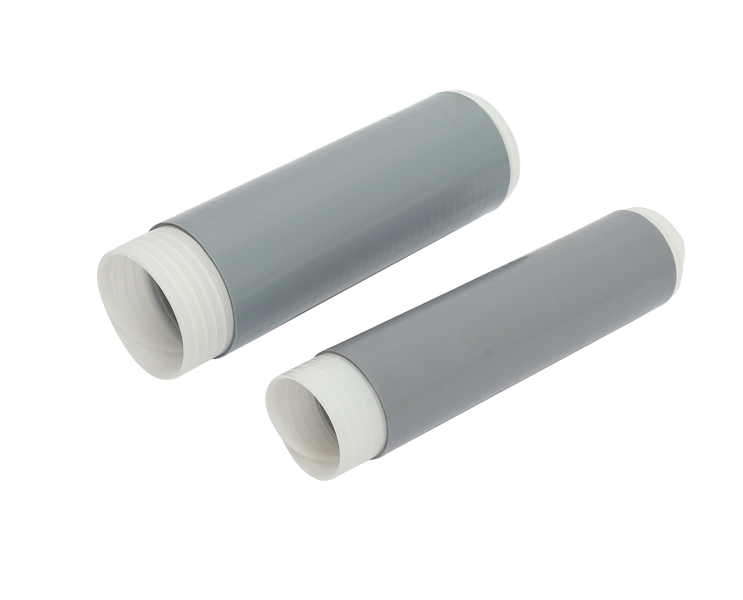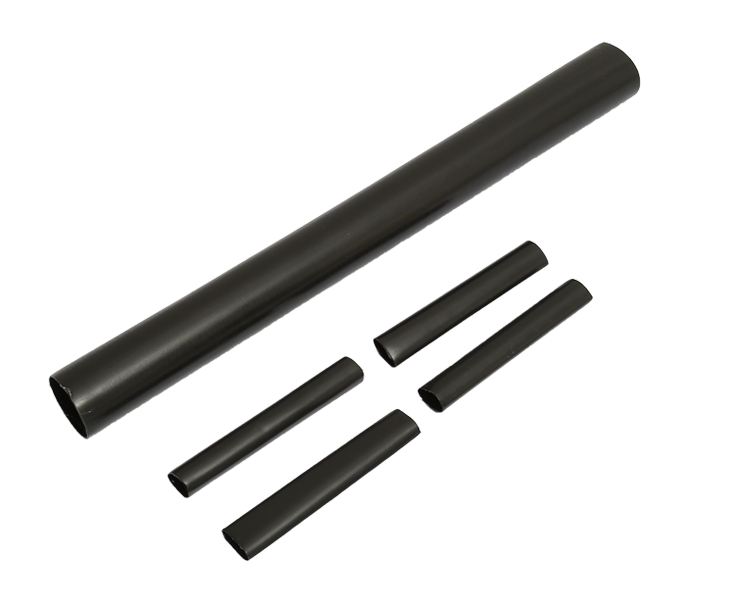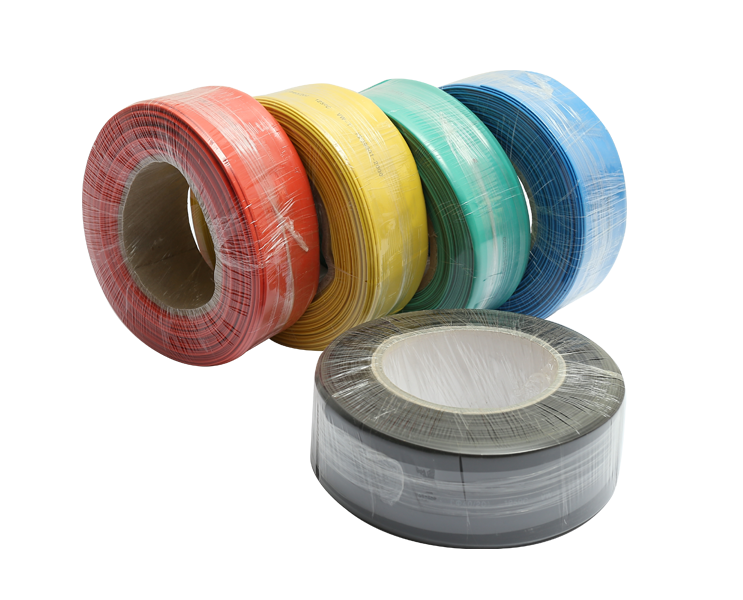Heat shrink sleeves are versatile protective coverings that have become increasingly popular in various industries due to their ability to provide insulation, protection, and identification to wires, cables, and other objects. These tubes are made from materials such as polyolefin, polyvinyl chloride (PVC), and fluoropolymers, which shrink when exposed to heat, forming a tight, custom-fit seal around the item they are applied to.
Heat shrink sleeves provide an insulating layer around electrical wires and cables, preventing short circuits and electrical hazards. This is particularly important in environments where electrical conductivity must be smalld, such as in outdoor installations or areas with high moisture levels.
The material of heat shrink sleeves offers resistance to abrasion, chemicals, and environmental stressors, protecting the underlying wires or cables from damage. This is crucial in harsh industrial settings or in areas exposed to weather elements.
Heat shrink sleeves can create a watertight seal around connectors and joints, preventing moisture and other contaminants from entering and causing corrosion or other damage.
Color-coded heat shrink sleeves can be used to identify different wires or cables, making maintenance and troubleshooting more efficient. This is especially useful in complex wiring systems where multiple cables need to be distinguished.
Applications of Heat Shrink Sleeves
1. Automotive Industry: In vehicles, heat shrink sleeves are used to protect wiring harnesses from damage and to provide a neat appearance. They also help in reducing electromagnetic interference (EMI) between different electrical components.
2. Telecommunications: In telecommunications, heat shrink sleeves are used to protect fiber optic cables and connectors from physical damage and environmental exposure, ensuring reliable signal transmission.
3. Electrical and Electronics: In electrical systems, heat shrink sleeves are used to insulate splices and terminations, preventing electrical faults and improving safety. They are also used in electronic devices to protect components from short circuits.
The installation of heat shrink sleeves is a straightforward process that involves the following steps:
1. Preparation: Clean the area where the heat shrink sleeve will be applied to ensure a secure fit. Remove any dirt, grease, or moisture that could interfere with the adhesion of the sleeve.
2. Application: Slide the heat shrink sleeve over the wire, cable, or object that requires protection. Ensure that the sleeve is properly positioned and covers the entire area that needs to be protected.
3. Heating: Use a heat gun or other heat source to apply heat evenly to the sleeve. As the sleeve heats up, it will begin to shrink and conform to the shape of the underlying object.
4. Cooling: Allow the heat shrink sleeve to cool down naturally. This will complete the shrinkage process and ensure a secure, tight fit.
Heat shrink sleeves are a valuable tool in many industries due to their ability to provide insulation, protection, and identification. Their ease of use and effectiveness make them an essential component in maintaining the integrity and safety of electrical and electronic systems. As technology continues to advance, the demand for reliable and durable protective solutions like heat shrink sleeves is likely to increase, making them a key part of our modern infrastructure.

 English
English 简体中文
简体中文



